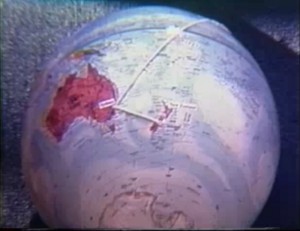
"In May-June 1988, Robbins Barstow and his wife Meg, of Wethersfield, Connecticut, USA, made a six-week trip around the world. Places visited include Hawaii, Austrailia, New Zealand, Singapore, Thailand, India, and London, England." Archive.org
"Item is a film of a trip to Hawaii taken by Dr. Willinsky and his wife, Sadie. In the form of a travelogue, footage of Hawaii's landscape, vegetation, landmarks and local population is interspersed with captions that were added in by Dr. Willinsky to provide information about the country's culture. Footage includes shots of sites around Honolulu and Waikiki, surfers, Hawaiian flowers, churches and temples, sugar cane farming and singers performing outside a hotel. Sadie is occassionally spotted exploring the sites and interacting with locals."
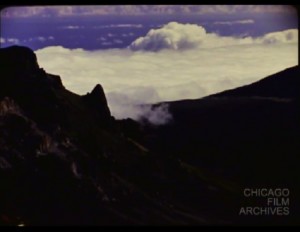
"2 part travelogue film of Hawaii capturing the scenery, resources and people of the islands. Part 1 visits to a lava flow and other natural wonders such as Haleakala Creater and a black sand beach as well as numerous shores and valleys along the way. Stop motion animation of a toy car or ship tracks a change in location. Part 2 features footage of tropical flowers, picking coconuts, family picnic, farming and factory processing pineapple, Hula dance performances, surfing and canoeing competitions, and sunsets."
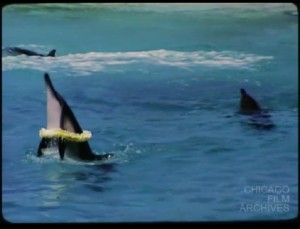
"2 part edited travel footage taken in numerous Hawaiian locations. Focuses on events and people as well as the natural scenery. Includes traditional dancing, a festival and a visit to an aquarium as well as religious locations." Chicago Film Archives.
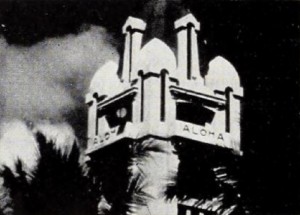
"This picture, we predict, will be both widely acclaimed and widely criticized for, in each case, that quality which people call "professional." If this prediction proves true, then the producer's purpose in making Invitation to Hawaii will have been conclusively achieved. For of the film Harold L. Thompson has written us at ACL as follows: "I made the picture largely as an experiment to see whether an amateur with sufficient enthusiasm could produce a 16mm. documentary which approached professional standards." The impression here is that on the case book of this experiment Dr. Thompson may now write: "Q.E.D." For Invitation to Hawaii has in every foot of it the polish and pace which one associates with professional standards. It was clearly planned, ably photographed and concisely edited. All in all, a brilliant piece of work." Movie Makers, Dec. 1951, 410.
"A well done travelogue of Hawaii showing the sports the tourist usually sees, the profusion of flowers, etc." PSA Journal, Nov. 1956, 45.
"Paradise Honolulu: Nobuo Miyaoka, using a Cine Special camera and Kodachrome film, has documented contemporary life in Honolulu as have perhaps few cine cameraists in recent years. The picture is essentially newsreel in style and depends upon titles to convey that which is not clear in the pictorial action. But interest is sustained in the careful selection of subject matter and the manner in which it has been photographed. A highlight is the fine night photography in color of Honolulu's annual lantern parade." American Cinematographer, May. 1951, 190.
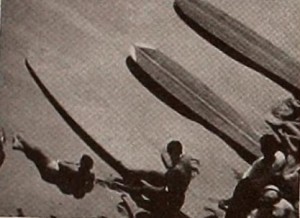
"Dan Billman, jr., has told you in the September number of this magazine how he came to make South of Honolulu. What he could not possibly put into words is the outright and amazing entertainment value of this elaborate record. Hawaii, for the Billmans, meant far more than the Aloha Tower, Diamond Head and the Kodachrome set piece of weekly hula dancing. In their place this adventurous couple found — some 200 miles south of Honolulu — the calm beauty of native life, the exciting patterns of native fishing and feasting and the exotic loveliness of tropical blooms against their true backgrounds. For them, no filming task seemed impossible. Their achievements range from an amusing sequence of the "'sea going" cowboys of the Hawaiian coast, to a striking and incredible study of religious ceremonies within a Buddhist temple. Mr. Billman's beautifully filmed production, accompanied throughout with sound and music personally recorded in the Islands, has the full bodied stature of mature screen entertainment." Movie Makers, Dec. 1941, 564.